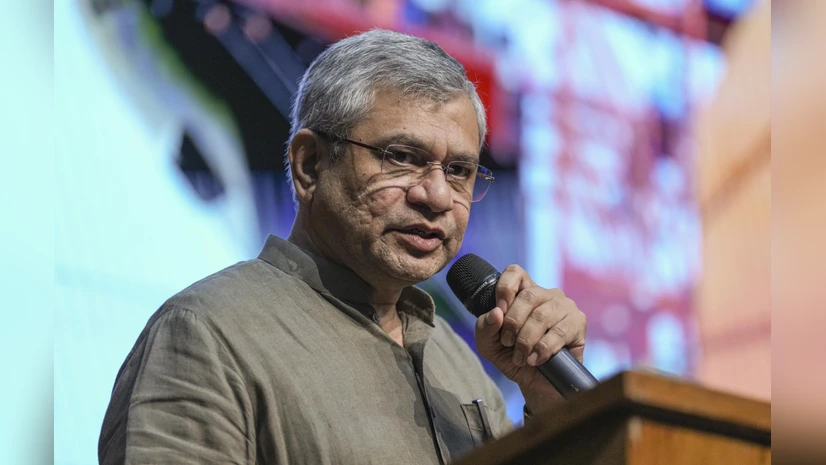
Global Pre-Owned Smartphone Market Shifts as Emerging Regions Drive Growth
The global pre-owned smartphone market entered a transition phase in H1 2025, with mature markets like the U.S., Europe, and Japan showing flat to modest growth (around 1% YoY) due to market saturation, higher costs, and longer replacement cycles. In contrast, emerging regions—Africa, India, Southeast Asia, China, and Latin America—recorded strong momentum, growing about 4% YoY, according to Counterpoint Research.
Africa led global growth with a 6% YoY increase, driven by rising participation from organized refurbishers and supportive government initiatives like the Bridge by Digital Africa program. Imported iPhones continued to dominate, with Apple growing 7% YoY through premium reseller collaborations, followed by Samsung with 4% growth fueled by aggressive trade-in offers on Galaxy S and Z series devices.
In India, the market rose 5% YoY, led by Apple’s 19% surge on strong demand for iPhone 13 and 14 models. Retailers expanded buyback and exchange programs, promoting refurbished phones as reliable, value-driven alternatives. Samsungmaintaine
Southeast Asia also posted 5% YoY growth, driven by large unorganized channels and digital C2C platforms. Apple captured nearly half the region’s refurbished market with a 15% jump, especially in Indonesia, while Samsung pursued sustainability-focused trade-in partnerships, including with Laku6 (Carousell Group).
Meanwhile, mature markets remained flat as profitability pressures, regulatory uncertainty, and limited export supply constrained activity. The U.S. focused on strengthening buyback and recycling programs, Europe faced tighter regulations and higher costs, and Japan saw steady growth in certified pre-owned sales by carriers like NTT Docomo and SoftBank.
Across all markets, Apple’s iPhone 12 and 13 series continued to dominate refurbished sales, while Samsung’s S seriesis expected to gain traction in select markets like the U.S. later in 2025.










